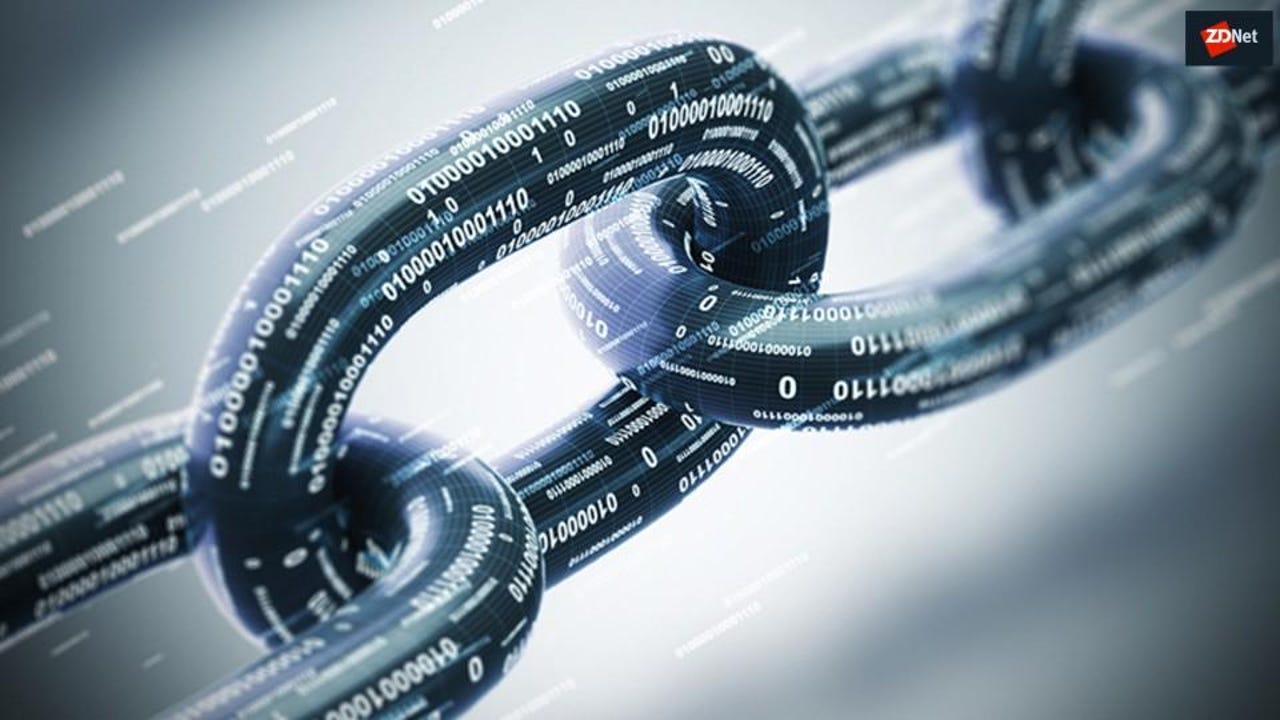DeFi: Injective Protocol's 'CosmWasm' upgrade adds more functionality for developers and users

Injective Protocol undergoes a mainnet upgrade, adding more functionality for developers.
Injective Protocol, an Ethereum-compatible blockchain used in decentralized finance (DeFi) and derivatives industries, underwent a "CosmWasm mainnet" upgrade in early in July in order to provide greater functionality and efficiency for its developers and users.
A protocol that allows the full potential of decentralized derivatives and borderless DeFi, Injective Protocol enables derivatives trading across blockchains using such financial products as perpetual swaps, smart contracts, and spot trading. The purpose of Injective Protocol is to provide users with decentralized and free commercial transactions. Injective incorporates both Ethereum and Cosmos blockchain ecosystems to provide a "cross-chain transaction infrastructure" without the addition of transaction costs known as "gas fees," creating a trusted, publicly verifiable network.
CosmWasm is a library of code filled with the components necessary to create more complex smart contracts on the Cosmos blockchain. Smart contracts, as the name suggests, are self-executing contracts in which the Ts and Cs between buyer and seller on the blockchain are written into lines of code. That code controls the execution; transactions are trackable and irreversible.
In addition to developers now being able to build more complex applications, the upgrade also brings negative maker fees -- fees that are returned to traders who provide liquidity (or tokens) to a market -- and allows for the creation of multi-chain smart contracts and self-executing smart contracts.
For context, a mainnet upgrade is when a blockchain receives an update at the chain level that includes new features that advance the blockchain's capabilities. Each upgrade that Injective undergoes is decided by its community through governance proposals.
Also: DeFi: Injective adds Solana, Avalanche, and Polygon interoperability with Wormhole integration
According to Eric Chen, Injective Labs co-founder and CEO, the mainnet upgrade brings plenty of new functionality to Injective Protocol for developers and users to be excited about.
"CosmWasm is a much more resource-efficient smart contract environment compared to a traditional Ethereum virtual machine," he told ZDNet. "And more importantly, this chain upgrade added a big feature where it can self-execute smart contracts at the beginning of every single block."
Self-executing smart contracts cut down on both developer workload and transaction fees. Usually, smart contracts require an external agent to execute, whether it's an individual or a program. So rather than having to monitor, execute, and update a smart contract, it's now handled automatically. The CosmWasm integration does so without increasing transaction time or gas costs.
In addition to self-executing smart contracts, developers can now create multi-chain smart contracts, which allows for interoperability between blockchains by utilizing Injective's Inter Blockchain Communication (IBC) protocol. Another key feature of the CosmWasm upgrade is negative maker fees.
"[Negative maker fees are] a very sustainable type of rebate or reward for people who provided liquidity to the market," Chen said. "Instead of institutions paying trading fees, they'll actually receive a percentage of the maker volume or the liquidity they provide, so there's a huge incentive there. And it also adds on a lot of additional benefits to institutions interacting with the Injective API and for applications to build on-chain marketing algorithms."
Negative maker fees will be supported by all decentralized exchange applications, or dApps, built on Injective for approved markets. Negative maker fees are distributed to market makers who provide liquidity to Injective rather than taken from the maker.
While the upgrade is primarily developer-focused, by extension, users who take advantage of the dApps built on Injective will benefit as well.
"If the application or contract that [users are] interacting with does a good enough job, [users] won't see the increase in complexity or have to deal with the headache of learning to deal with these complex features and offerings that are enabled by this upgrade," Chen said. "I think that's one of the most important parts of the product. To be able to serve the user and abstract away a lot of the complexity," he added.
The mainnet upgrade will also eventually allow for greater functionality within the dApps currently accessible on Injective.
For example, Injective Pro -- a decentralized exchange where traders can trade crypto spots and futures -- could let traders utilize stop-loss orders or take-profit orders. However, it may be some time before these features are implemented. For now, according to Chen, the immediate benefit to the existing dApps are the negative maker fees.
